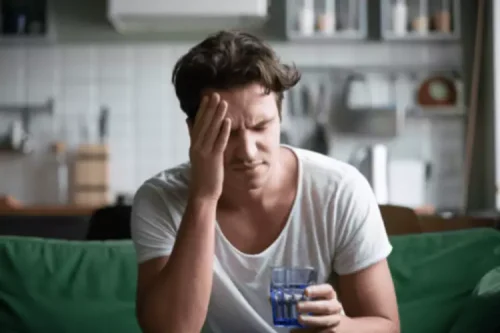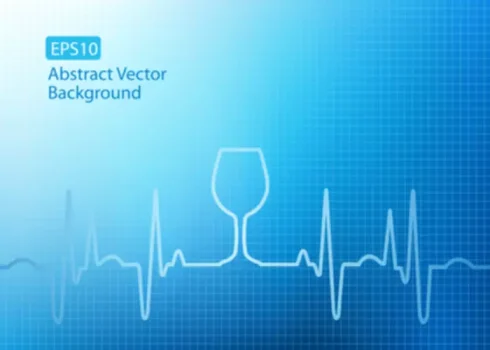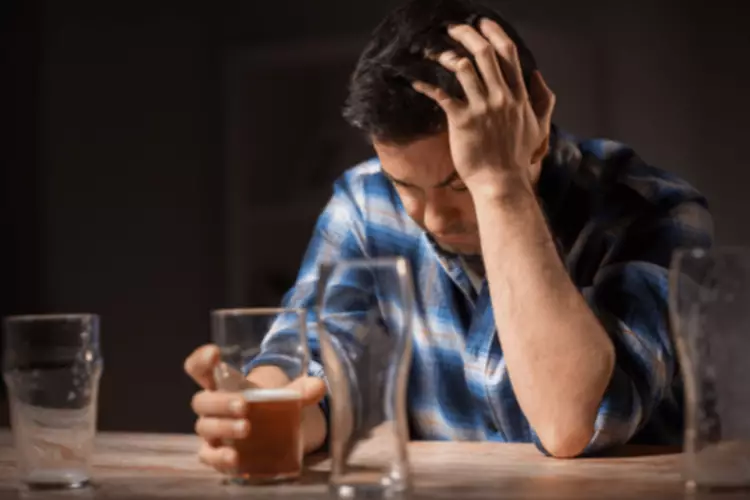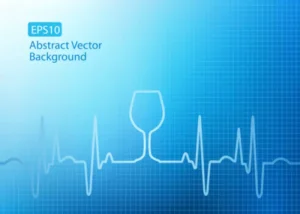What is A Social Drinker?

However, consuming five or more drinks for men amphetamine addiction treatment and four for women in about two hours at any event qualifies as binge drinking, which is a risky behavior that goes beyond social drinking norms. While a social drinker only drinks in social situations, the level of drinking is undefined. It can mean occasional drinking from having a drink once every three months when we’re celebrating a friend’s birthday or a family member’s wedding to drinking every day with coworkers at happy hour after work. Social drinking typically involves moderate alcohol consumption in casual settings such as gatherings or special occasions.

Who Offers Naltrexone for Alcoholism in New Jersey?
” The idea that the next drink is going to make you feel even better is the driving force behind alcohol abuse or binge drinking. It’s what fuels the chase to capture that sense of euphoria and results in consuming more alcohol than intended. If you find yourself setting limits on how much you are going to drink, and then passing those limits, it may be time to talk to a professional about your alcohol use. Washburn House offers a variety of substance abuse treatment programs for alcohol abuse and addiction. Our clinical staff will help you create a treatment plan tailored to your unique needs.
Giving up alcohol for Dry January? Our newsletter can help you reach your goal
- A social drinker mainly drinks in a group context, such as with friends or at an event.
- Perhaps messages have been sent from your phone that you don’t remember sending, or you find yourself in bed and don’t remember getting home.
- Defining what makes someone a social drinker isn’t as simple as counting drinks, and the CDC has helped us by providing some general guidelines.
- If they drink excessively too often, regardless of the company they keep, they can potentially develop a dependence or addiction to alcohol.
- Of course, it can also be used to help support abstinence, McGaffey said.
- Similarly, you explore what it’s like to interact with others while sober.
Perhaps messages have been sent from your phone that you don’t remember sending, or you find yourself in bed and don’t remember getting home. That’s a blackout and a sign that your social drinking passed a threshold. If you’ve experienced it, that’s a sign that your ability to “control” alcohol use is compromised.

Signs of Alcohol Addiction
Of course, it can also be used to help support abstinence, McGaffey said. What’s missing is the effort to connect people with care or simply talk to them about their unhealthy alcohol use when there is a positive screen, she said. “Monitor the number of standard drinks you take in over time, set limits, practice refusal skills ― and engage in other, healthy behaviors, such as exercise, yoga or meditation,” he said.

Heavy Drinking
However, what social drinking problem starts as casual drinking can spiral into heavy drinking, binge drinking, or other unhealthy drinking habits that can disrupt our daily life and well-being. However, the CDC considers moderate drinking as two drinks per day for males or one drink per day for females. Therefore, if someone self-identifies as a social drinker, they should not consume more than 14 drinks per week for males and 7 for females.
Defining what makes someone a social drinker isn’t as simple as counting drinks, and the CDC has helped us by providing some general guidelines. Like one drink per day for women and up to two drinks per day for men as moderate drinking. The key difference between occasional drinking and social drinking is the frequency and context in which alcohol is consumed. Occasional drinking is infrequent and not tied to social situations, while social drinking occurs regularly within a social setting.
- Their alcohol consumption patterns can range from drinking each weekend with friends to one time per month at a work conference.
- And we all know that drinking to celebrate happy occasions, such as weddings and holiday gatherings, is very common in our society.
- One strategy to address alcohol misuse is through teaching medical professionals to ask patients about their substance use using proven, effective screenings.
- Our writers and reviewers are experienced professionals in medicine, addiction treatment, and healthcare.
- Game or craft nights, bowling, museum-exploring, and pottery are all things that can be done sans-alcohol (though your friends might bring some anyway).
Social, occasional, casual, recreational, and moderate drinking: Are they all the same?
In fact, according to the NIAAA, 72 percent of people have a single period of heavy drinking that lasts 3-4 years and peaks at ages (typically occurs during the college years) that they phase out of. Alcoholism is defined as the state that one reaches when they can no longer control their use of alcohol. They may experience stronger cravings or desires to use the substance, and will compulsively abuse it despite the negative consequences. If they’re not drinking, they experience emotional distress and even physical withdrawal symptoms. Any more than two standard drinks a week puts people at higher risk, it said in its report.
- Alcohol is available everywhere, from bars and restaurants to people’s homes.
- Calls to our general hotline may be answered by private treatment providers.
- We combine our education and expertise with our empathy to provide the highest quality addiction treatment in this region.
- Social drinkers, regardless of the amount of alcohol, only drink when they are with people.
Alcoholism Resources and Programs
GPB is committed to bringing you comprehensive news coverage from Georgia, across the country and around the world. Please consider making a gift today to support this vital public service. Ellen Eldridge (she/her) https://ecosoberhouse.com/ is the senior health care reporter for Georgia Public Broadcasting.
The choice to become a social drinker after recovering from alcoholism should be made with great caution and consideration of the potential consequences. For many individuals in recovery, the safest and most advisable course of action is to maintain complete abstinence from alcohol to protect their physical and mental health and prevent the risk of relapse. It’s important to seek ongoing support and follow a personalized recovery plan to ensure a successful and lasting recovery journey. While there’s no fixed number of drinks that defines someone as a social drinker, moderation is key—defined as up to one drink per day for women and two for men.


No Comments